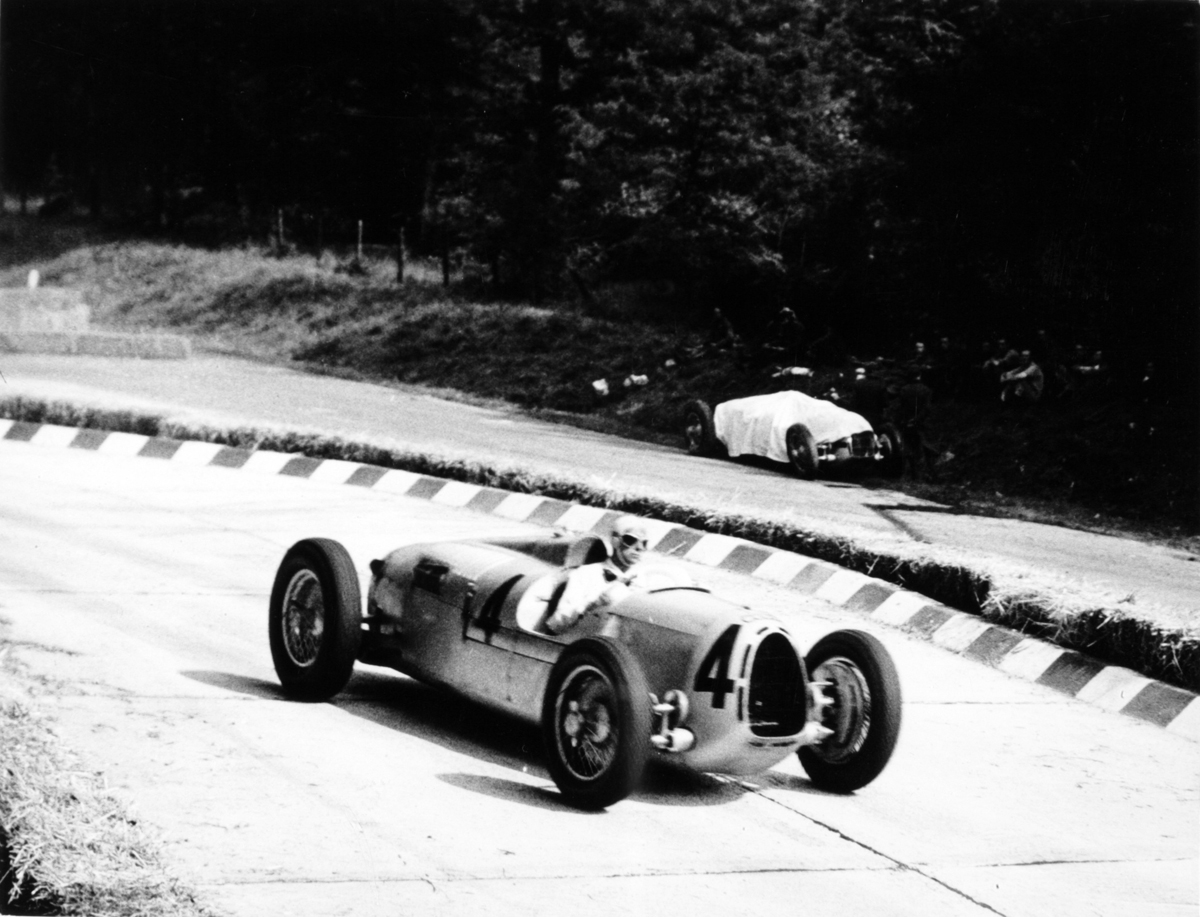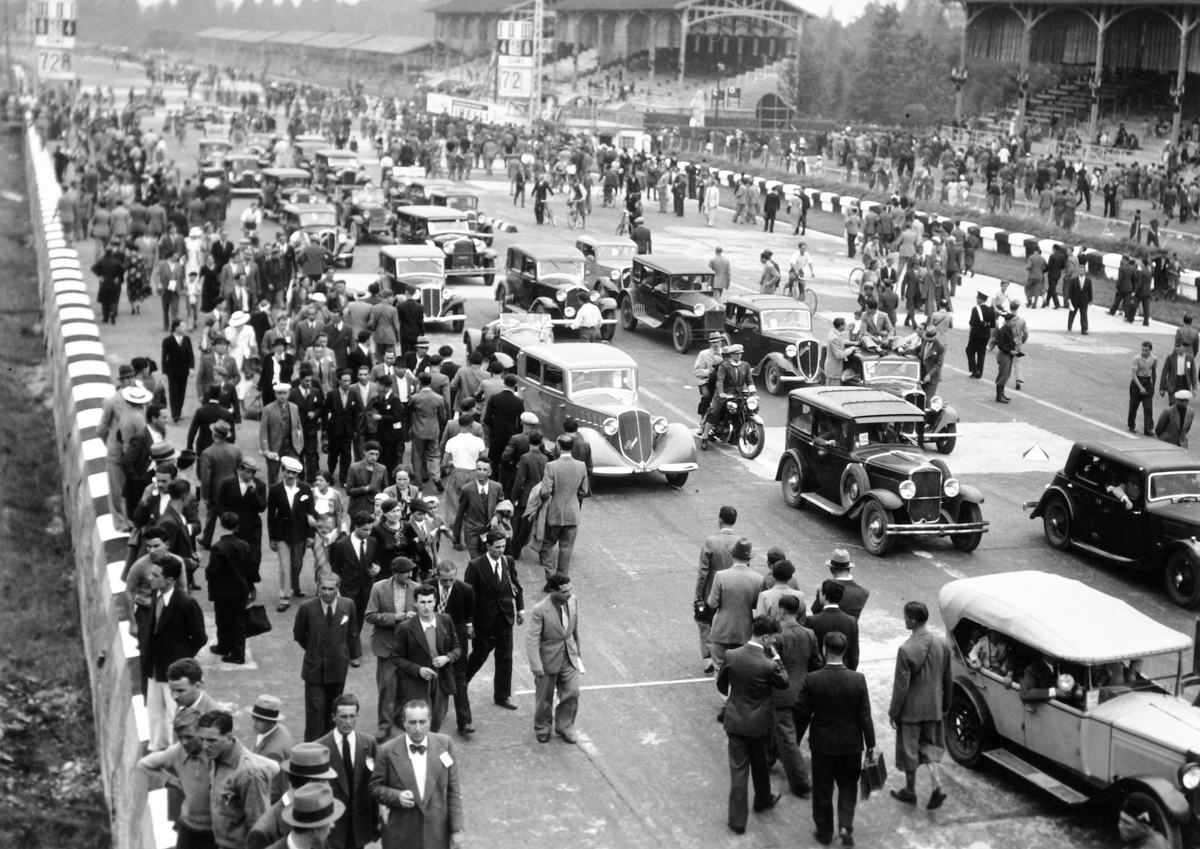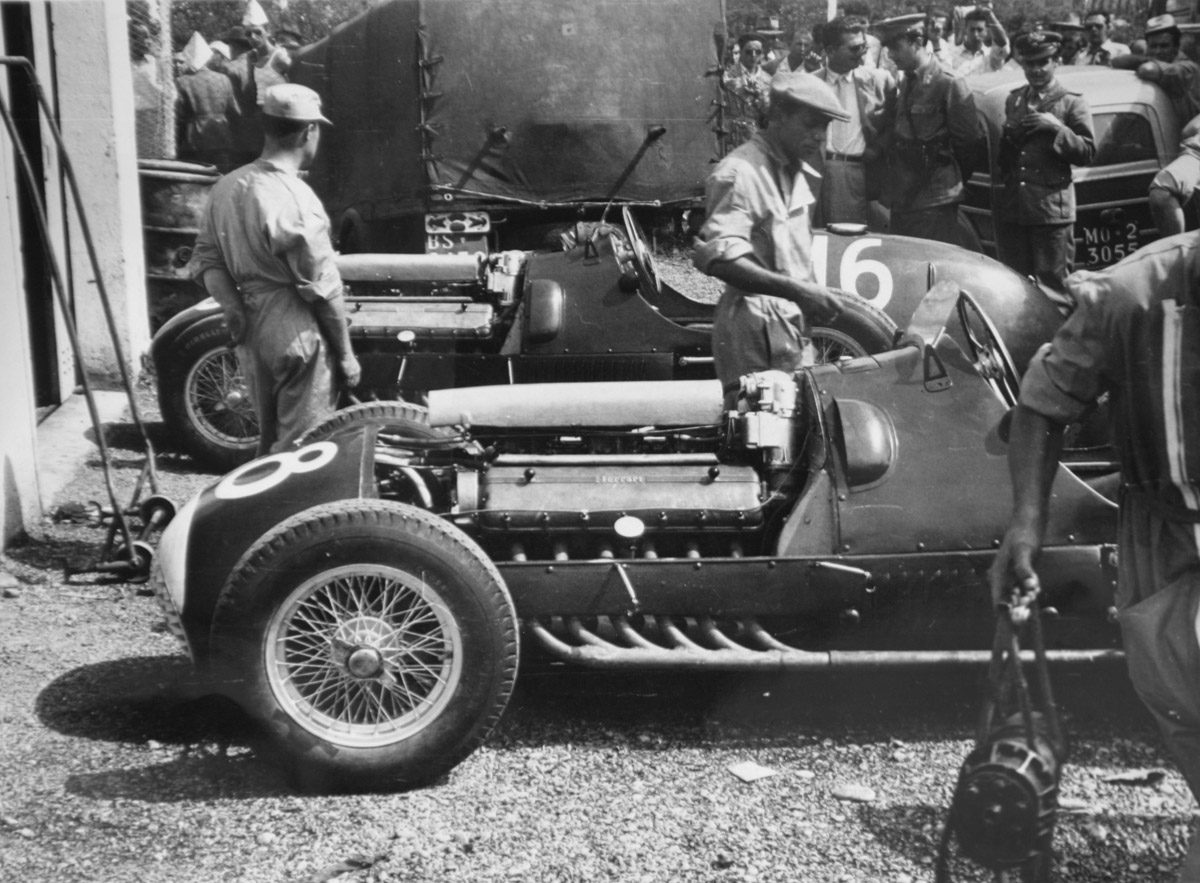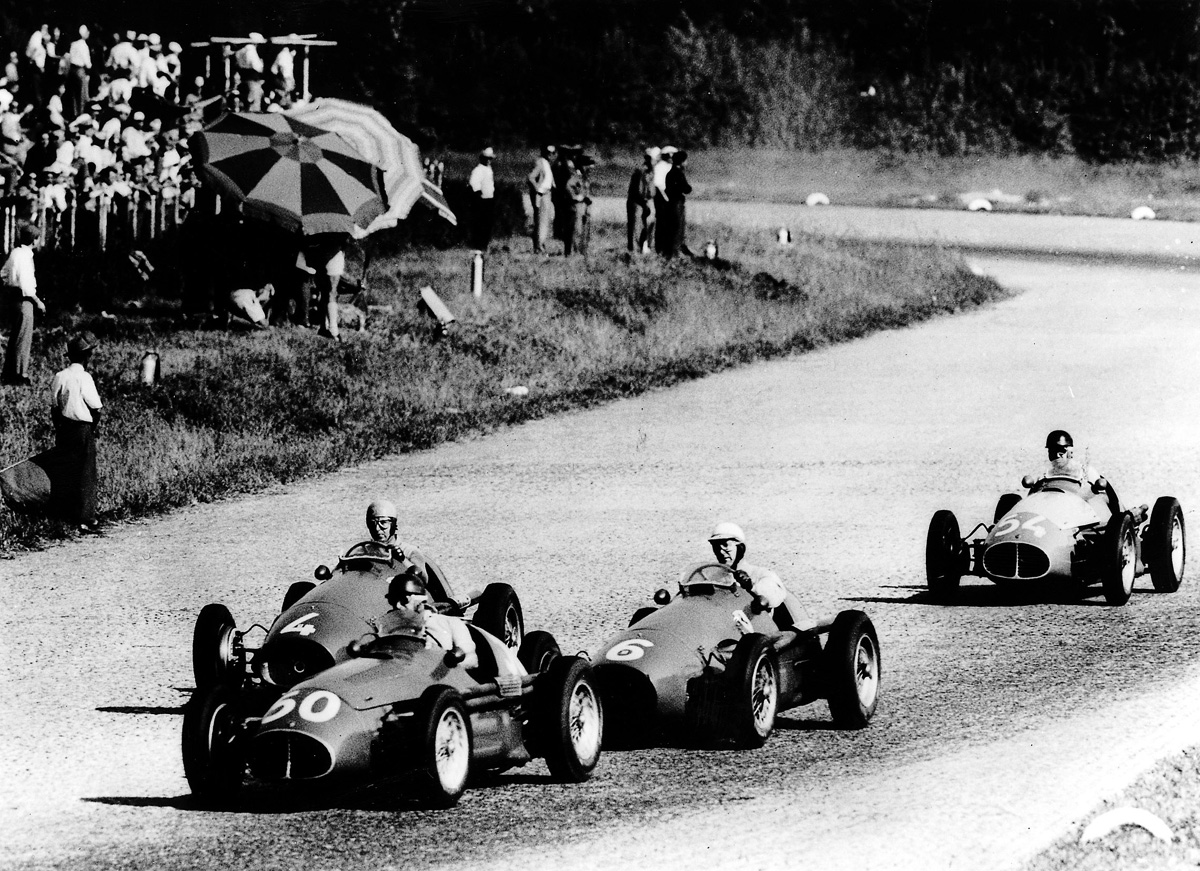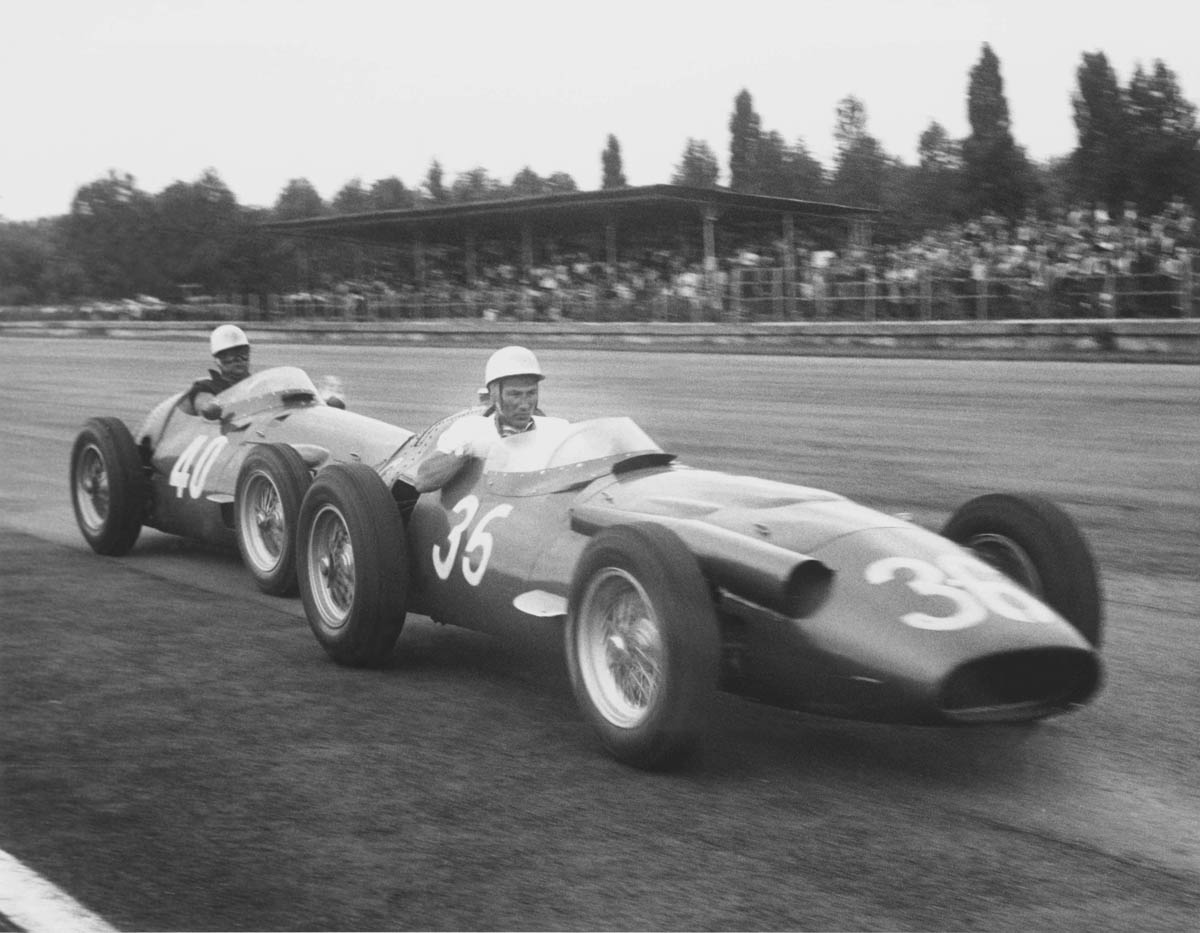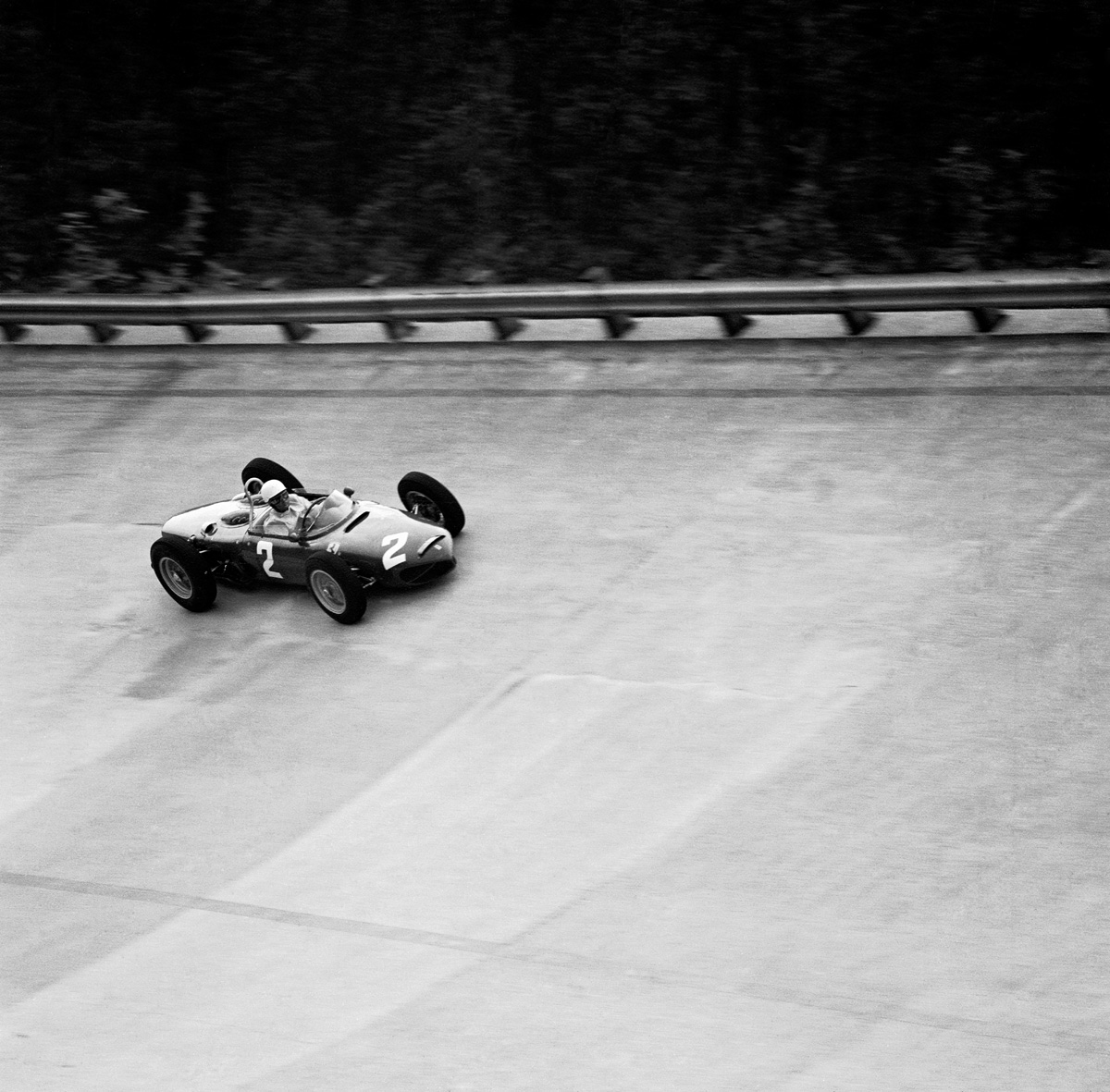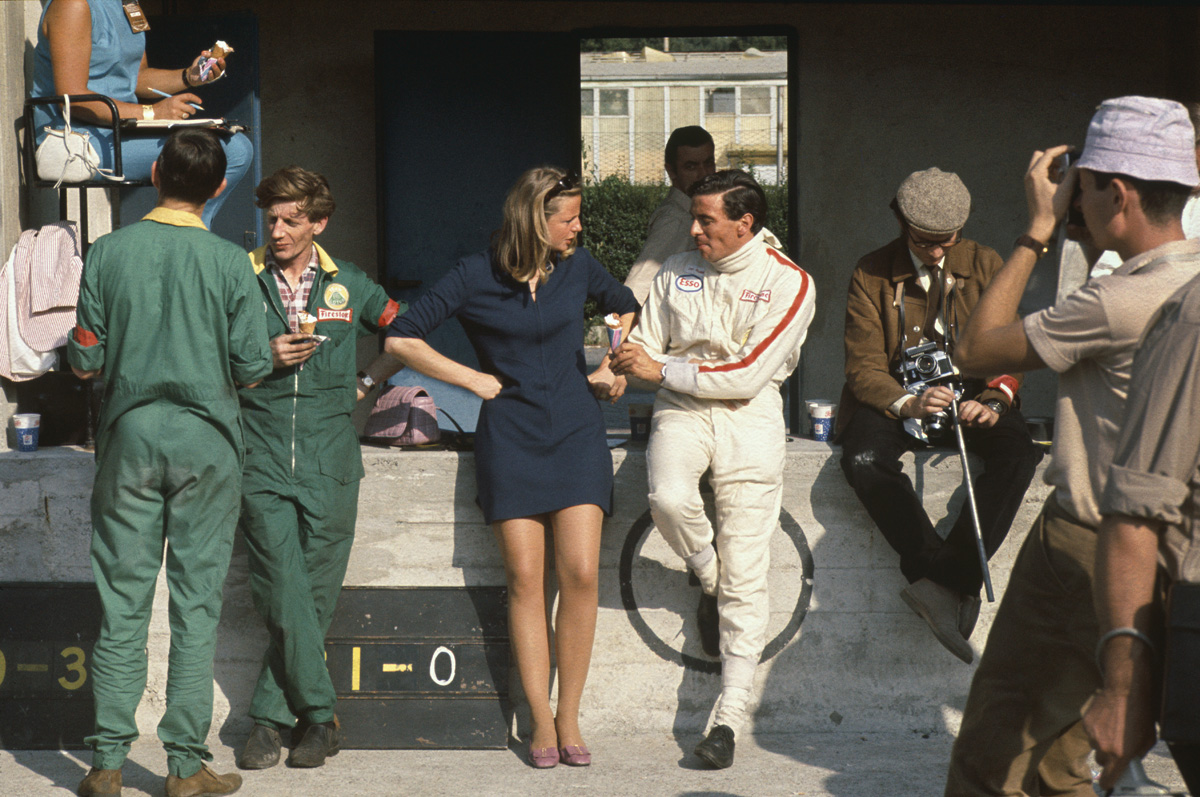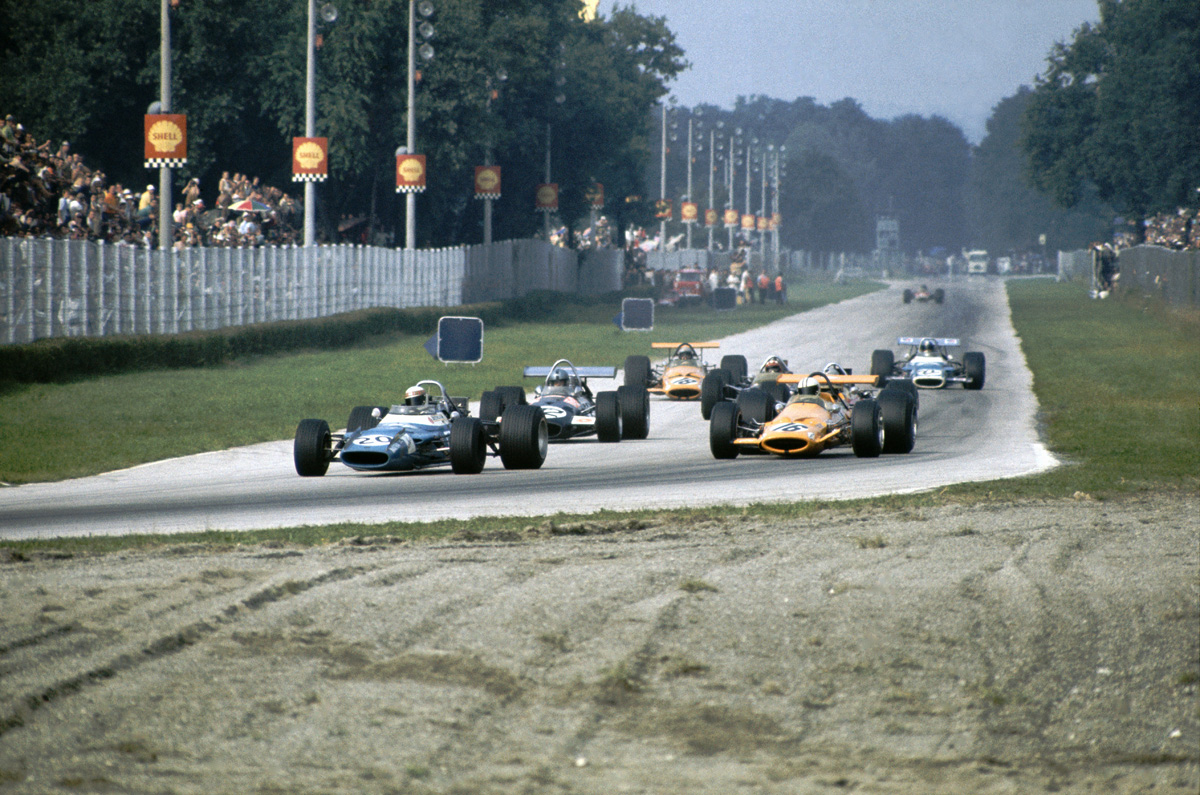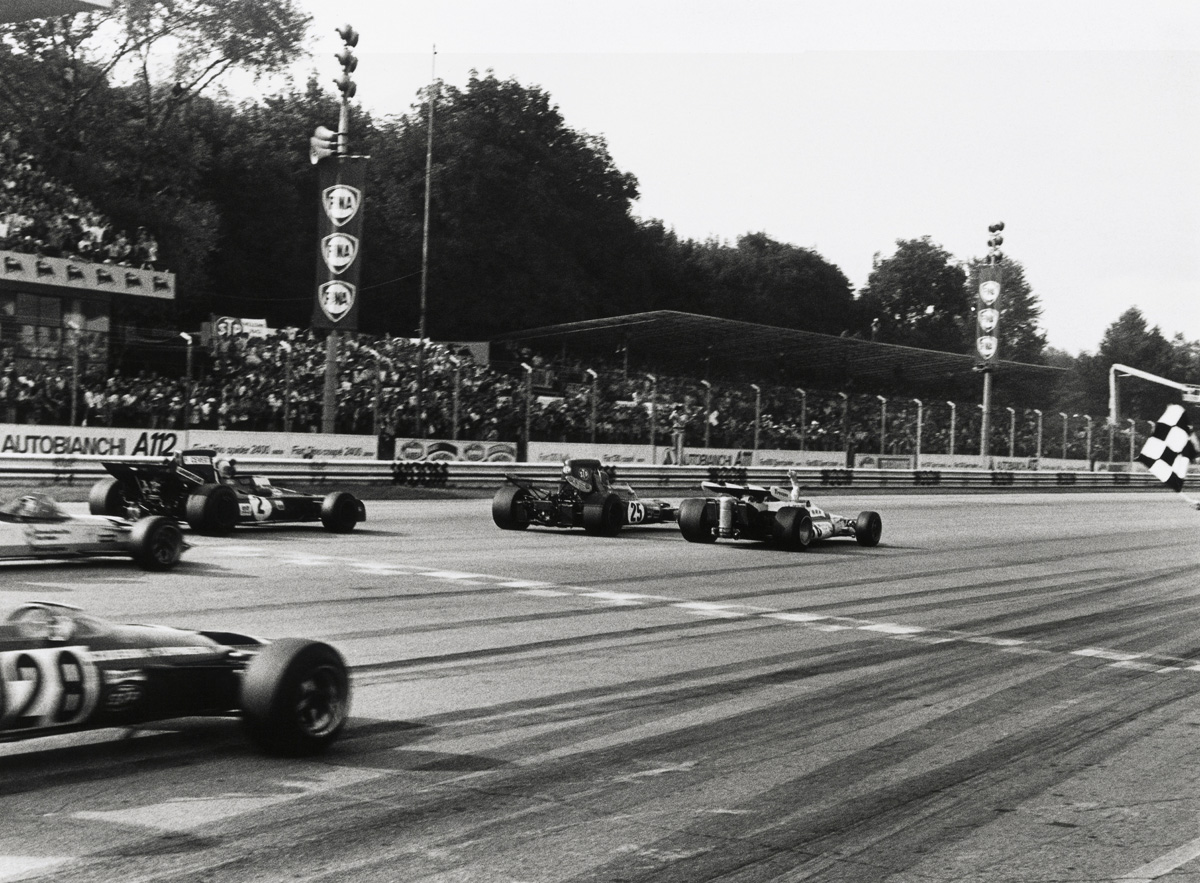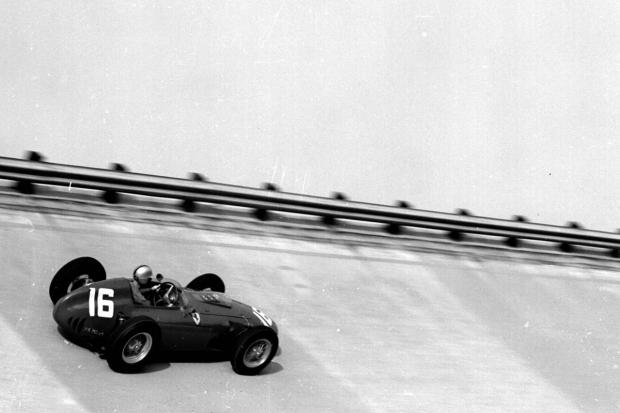
Few motor-racing venues are as atmospheric or hold as much resonance as Monza. The Milan parkland circuit is the long-time home of the Italian Grand Prix – one of the highlights of the international racing calendar. The meeting became synonymous not only with the greatest names in motor sport – Nuvolari, Ascari, Stewart and Schumacher – but also with tragedy.
With its long straights and sweeping curves, Monza was always fast – especially when the banking was in use as well. But with the excitement came danger, and eventually the layout was altered to include chicanes and slow the cars down.
And yet there is still something special about Monza. From the crumbling banking to the run down from the Lesmo turns through the trees, the place is dripping with history. Add the vociferous support of the Ferrari-loving tifosi, and it is easy to see why – along with Monaco, Spa and Silverstone – it has become one of the crown jewels of the Formula One World Championship.
Copyright LAT Photographic
Chicanes are nothing new at Monza, as proved by Bernd Rosemeyer in 1936. The young German drove his Auto Union C-type to victory, and here passes the stricken car of teammate Hans Stuck.
